
February
2017 |
 |
|
|


An Incredible Centennial Year Ahead!
For a World War I enthusiast and publisher like myself this next year is going to be truly exciting, and I'm sure it will be for our readers as well. Besides the Trip-Wire, our blog, Roads to the Great War, will help you follow the daily events as they unfolded 100 years ago, and our monthly subscription magazine, Over the Top, will provide fresh and in-depth articles on the year's major happenings. I suggest you visit our homepage at Worldwar1.com and set it as a favorite or bookmarked site. Here are some of the Centennial topics we will be covering in our publications during the months ahead: MH
- The February and October Russian Revolutions
- The Nivelle Offensive
- The U-boat Offensive Heats Up
- America Joins the War
- Mutiny in the French Army
- Vimy, Messines, and Passchendaele
- The Kerensky Offensive
- Caporetto
- Pershing and the Yanks Arrive
- The Tanks at Cambrai
- Allenby on the Move
- Exit Russia

|
2017
Artist Soldiers: U.S. Army Artists of the Great War
Opening 6 April 1917 at the Smithsonian Air and Space Museum, Washington, DC. Details
John Giles Farquhar, 25 Squadron, and Canada's Pilots in the RFC/RAF
Saturday — 11 February 2017, 10 am at San Jose Sate's
Dudley Moorhead Hall, Rm. 150. Presented by his son, Professor Jack Farquhar of Stanford University. EMAIL FOR DETAILS
Remembering America's Entry into the Great War
Thursday — 6 April 2017, at San Francisco's Marines Memorial Club. Now being organized by the World War One Historical Association. Check back for details. We will post them as they become available

Letter Home
Dear Folks,
I suppose Brummy has written you all about my getting bunged up. So there isn't anything for me to say. I hope that the cable didn't worry you very much but Capt. Bates thought it was best that you hear from me first rather than the newspapers. You see I'm the first American wounded in Italy and I suppose the papers say something. . . Everything is fine and I'm very comfortable and one of the best surgeons in Milan is looking after my wounds. There are a couple of pieces still in, one bullet in my knee that the X-Ray showed.
Ernest Hemingway, Milan, 21 July 1918
|
|
Poster of the Month
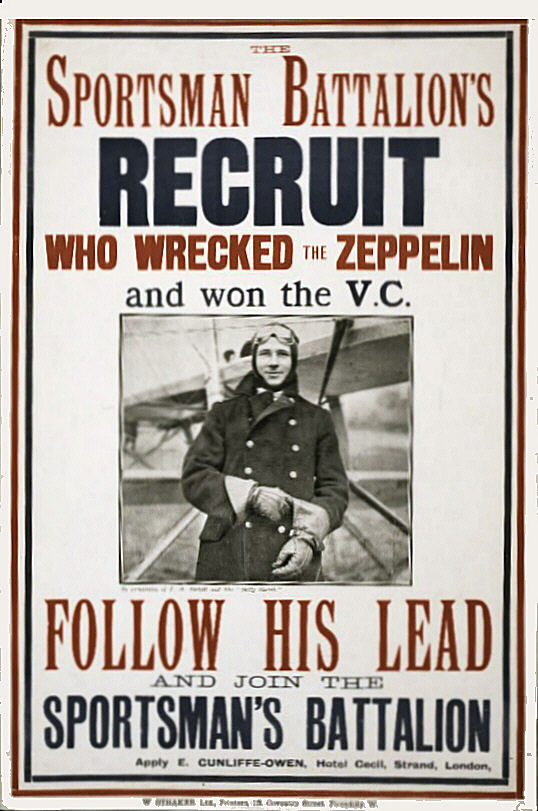
We Will Feature a Unique War Poster Here Each Month in 2017, Nominate Your Favorite HERE.

The Nivelle Offensive
Last month we suggested a number of articles on the battles of 1917. This month we are recommending a more in-depth reading on one of the most important of those. The major Allied initiative of early 1917, known as the Nivelle Offensive after the new French Army Commander Robert Nivelle, would in aggregate be a major setback for them.
The British Army, in mounting a secondary attack in Artois, would have little success moving the line east from Arras, but its Canadian Corps would achieve a major success in its capture of Vimy Ridge farther north. For France's army, however, the offensive was an utter disaster. General Nivelle would quickly be sent packing, while many of the Poilus would reject the army leadership and engage in insubordination and overt mutiny. Here are some sites with background on this important setback for the Allies.
 Overview
Overview
 The British Sector
The British Sector
 Vimy Ridge
Vimy Ridge
 The Rise and Fall of Robert Nivelle
The Rise and Fall of Robert Nivelle
 Map of French Assault
Map of French Assault
 Guide to the Chemin des Dames
Guide to the Chemin des Dames
 Disaster
Disaster
 Mutiny & the Return of Pétain
Mutiny & the Return of Pétain
 The Song of Craonne (YouTube Video)
The Song of Craonne (YouTube Video)

Can You Name This British Officer?
Win a Free Issue of OVER THE TOP!
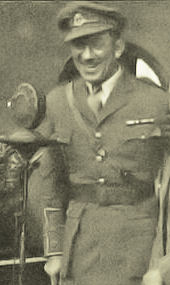
Hints: He once fought Jack Johnson and was temporarily assistant provost marshal of Baghdad.
If you can name this World War I veteran, we will send you a free issue of our monthly subscription magazine, OVER THE TOP. Email your answers HERE.
|

|

U.S. Centennial Organizations & Resources
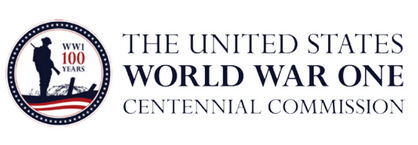
worldwar-1centennial.org/

theworldwar.org/
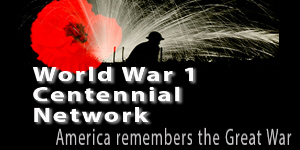
www.ww1-centennial.org/

www.firstdivisionmuseum.org/

www.abmc.gov/
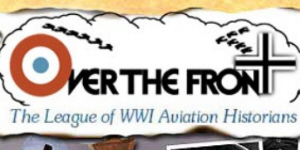
www.overthefront.com/

www.nationalmuseum.af.mil/

www.worldwar1.com/dbc/
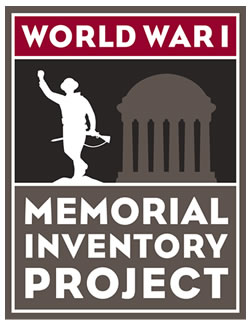
facebook.com/wwiinventory

wisconsinhistory.org/

www.uswarmemorials.org/

www.macarthurmemorial.org/

www.saving-hallowed-ground.org/
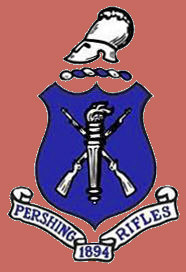
www.theprgroup.org/

pamilmuseum.org/
Support Worldwar1.com's Centennial Effort
Shop at Amazon.com
|
The Centennial Ticker
Good News About the Lafayette Escadrille Memorial
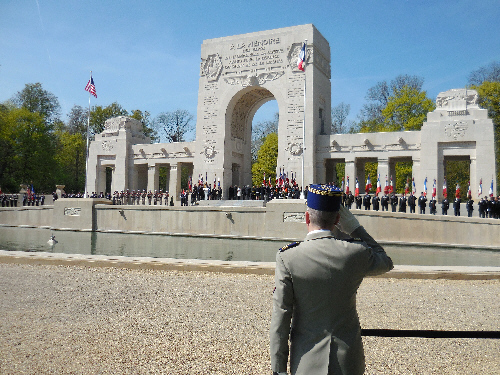
A French Officer Salutes the Colors at the Memorial
On Monday, 9 January 2017, the American Battle Monuments Commission (ABMC) officially assumed ownership and responsibility for the Lafayette Escadrille Memorial Cemetery. ABMC Chairman Merrill A. McPeak, former U.S. Air Force Chief of Staff, joined Alex Blumrosen, president of the Lafayette Escadrille Memorial Foundation, in a special ceremony in Paris to complete the transfer.
The memorial, which is also the burial site for a number of American combat aviators, commemorates the birthplace of American combat aviation, and serves as a symbol of the Franco-American comradeship during World War I.
“The Lafayette Escadrille Memorial Cemetery is the final resting place for brave airmen who gave their lives in one of the most pivotal wars of the twentieth century,” McPeak said. “It’s fitting that ABMC, whose mission is to honor the service and sacrifice of U.S. armed forces, assume responsibility for preserving this historic site honoring America’s pioneering combat airmen.”
More than 200 Americans flew with French squadrons during the course of the war. Of this number, only 38 were assigned to the Lafayette Escadrille. (The term escadrille means squadron in French.) The rest served in other French flying units. Collectively, all Americans in the French Air Service, known as the Service Aéronautique, were considered to be part of the Lafayette Flying Corps, an unofficial designation. Many of these aviators transferred to American squadrons once the United States entered the war in April 1917.
After the Armistice, Lafayette Flying Corps veterans worked with American and French leaders to build a memorial dedicated to those who flew with the Service Aéronautique. The memorial would also serve as a final resting place for many of those who lost their lives during the war. The crypt includes 68 sarcophagi, one for each of the aviators of the Lafayette Flying Corps who lost their lives during World War I. Fifty of these aviators are entombed in the crypt along with two of their French commanding officers. The remainder rest in other locations, or their remains were never recovered.

The Lafayette Escadrille Insignia Under the Arch
Decades of delayed maintenance at the memorial, dedicated in 1928, had led to structural damage, water intrusion, and corrosion that required large-scale repair by the early 21st century. An engineering study revealed that significant resources would be required to fully rehabilitate the structure. Understanding its significance in the history of American military aviation, ABMC, through an agreement with the Lafayette Escadrille Memorial Foundation and the French government that included financial support, led restoration efforts in 2015 and 2016, in time for the 100th anniversary of the formation of the squadron. The restoration included repairing plaster vaulting in the crypt, restoring the large ground mosaic, repairing all stonework, waterproofing, and more.
The memorial is open to the public daily, and is located inside the gates of Domaine National de Sainte-Cloud. Access to the crypt is by appointment only through the American Battle Monuments Commission.
America on the Brink of War
From In Their Own Words of the Doughboy Center
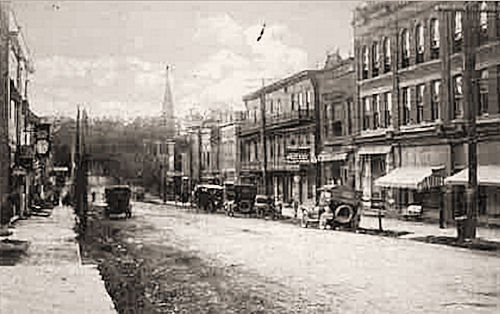
Christianburg, Virginia
Clay and gravel roads, wooden sidewalks, kerosene lamps (later gas), and the simplest sanitary arrangements represented [American] civilization. It was not surprising... to see a sign painted in large letters on the side of a store where there were public baths, which read, "WHY MESS UP THE KITCHEN. BATHS FIFTEEN CENTS." The important facility in a village was the livery stable... The village was equipped with few conveniences... Each morning the grocery-man sent his wagon from house to house taking orders. In two or three hours the same wagon would return with the goods.
Capt. Geo. Van Horn Moseley, Fifth Artillery Brigade
Unpublished Memoir
The Country was a lot different before the First World War... More farm boys, and more folks who hadn't learned English yet... Their families had just arrived here.
Pvt. Al Furrer, Ammunition Train, 4th Division
1989 Interview

Greencreek, Idaho
The affair of the Lusitania has gone through me again and again. I feel as if I could not just go ahead as I have since the war started, making plans for my own advancement, or my own family's welfare... Thousands of men have given their lives to the end that Germany is not already in a position to destroy every woman, baby, and law of God, which interferes with [their] affairs... if I could go to this war as a citizen of the world, I would pray to be allowed.
Lt. Edwin Abbey, 4th Canadian Mounted Rifles,
American KIA April 1917, Letter
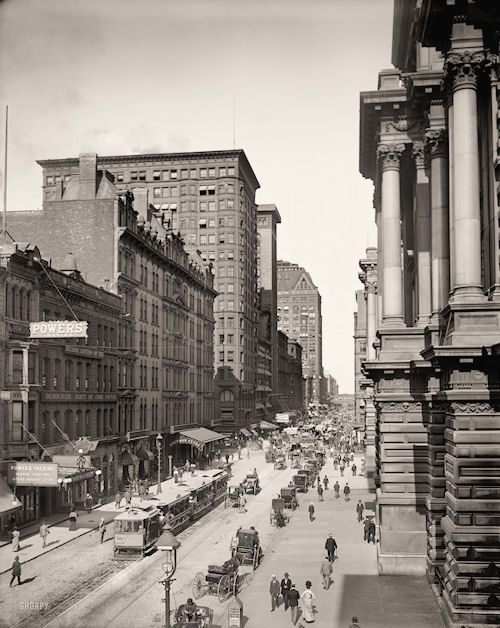
New York city
When I was a little boy about ten years old, my father went to Europe to visit his aged mother in Germany ... After that I used to dream of an ocean voyage to Europe and particularly Germany ... Little did I then think that "My First Journey" to Europe would be with a gun in my hands on a mission to kill my German cousins. ... I can think of no better starting point than August 9th, the second Sunday in August 1914. The previous week the war had fully exploded in Europe. We are in church, a little chapel... in North Philadelphia... the people who composed our little congregation, hard working, honest, God-fearing. The older generation had, almost all, been born in Europe, the younger generation in the United States. All were American citizens, every one of them...
Sergeant Maximilian Boll, 79th Division
Unpublished Manuscript, First Journey
|
|

24 February 1917
British Forces Under the Command of
Lt. General Stanley Maude Recapture Kut-el-Amara

British Forces on the March in Mesopotamia
Almost exactly ten months after the surrender of General Townshend to the Turks
in Kut-el-Amara, British, troops have again entered this squalid little town on the left
bank of the Tigris. It has been clear from General Stanley Maude's recent messages that the British could have reduced Kut to a heap of mud bricks at any time during the past month or so. The actual entry into Kut could also have been effected much earlier than has been the case, but the urgency of the operations had disappeared after it was seen that they had failed to effect the relief of General Townsend's force.

General Stanley Maude
|
After that event the British were able to devote more time to the important matter of communications and supplies, and the capture of the town of Kut became a secondary consideration to that of preparing to break the military power of the Turk in this region. The encircling movement on the southern side of the Tigris, the advance along the Shatt-el-Hai, and the crossing of the Tigris, westward of Kut at the Shumrou bend, combined with the simultaneous attacks on the Sannalyat positions farther eastward have had a far-reaching effect upon the Mesopotamian operations. Not only have the British secured what remains of the town of Kut, but they have caused the collapse of the whole of the strong Turkish defensive positions eastward of that town, which previously baffled all attempts of the British relief forces to advance on the northern side of the Tigris. In addition to this, they have secured 1730 prisoners, inflicted heavy casualties on the enemy, and forced him to retreat in the direction of Baghela, a town lying on the southern bank of the Tigris, about 25 miles west of Kut.
While all this was very satisfactory, It must not be forgotten that the British here are fighting in difficult country, and that a distance of over 100 miles still separates them from Baghdad, while the journey by river is over twice that distance. In any further British advance which is made in this direction the matter of communications will have to receive additional attention, and by this factor the rate of progress will probably be governed. The river above Kut, however, does not offer so many difficulties to navigation as it does lower down, and the current between Baghdad and Kut is not so severe as it is between the latter town and Basra. [Baghdad, in fact, would fall quickly, on 11 March 1917.]
Source: Sydney Morning Herald,,
28 February 1917
|
|

Our 2017 & 2018 Centennial Battlefield Tours
Now Accepting Bookings For All Tours
2017
Flanders 1917 Campaign
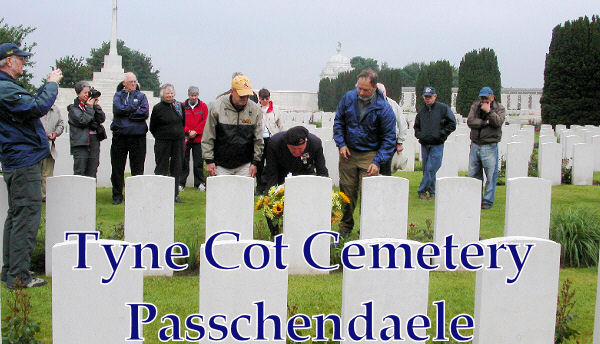
8 – 15 May 2017: The Memorable 191Bat7 tles of Flanders Fields
Includes: Vimy Ridge, Messines, and Passchendaele
Price — $3,490 (dbl occupancy, sgl supp avail)
The full brochure covering the trip and registration details can now be downloaded
HERE
Caporetto and the Italian Front

25 July – 4 August 2017: The Most Important Battle of the Italian Front
Includes: The Eleven Battles of the Isonzo, Caporetto 1917, Monte Grappa, and Vittorio Veneto. We will also follow the advance of the American Doughboys sent to the Italian Front.
Reduced Price — $3,950 (dbl occupancy, sgl supp avail)
The full brochure covering the trip and registration details can now be downloaded
HERE
2018
Kaiser's Offensives &
the British Army's 100 Days
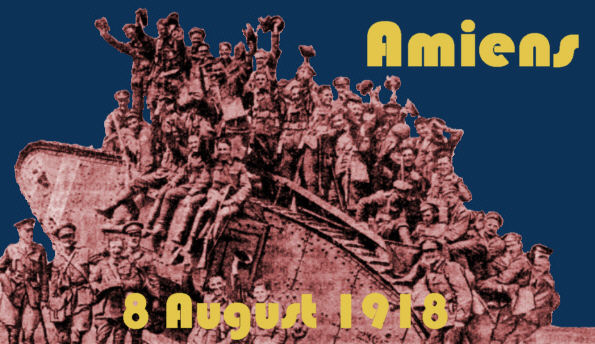
6 – 14 May 2018: Study of Germany's Last Effort to win the War and the British Victory offensive.
Includes: German advances in the Somme, Flanders and the Marne Sectors, the Black Day of the German Army, the St. Quentin Canal, and the pursuit to Mons.
Reduced Price — $3,450 (dbl occupancy, sgl supp avail)
The full brochure covering the trip and registration details can now be downloaded
HERE
AEF: Pershing's Doughboys Centennial

7 – 17 August 2018: Comprehensive Study of the American Expeditionary Force
Includes: All major battles, memorials, cemeteries, and service sites of your family members.
Price — $3,750 (dbl occupancy, sgl supp avail)
The full brochure covering the trip and registration details can now be downloaded
HERE
|
|
|
|
Thanks to each and every one of you who has contributed material for this issue. Until our next issue, your editor, Mike Hanlon. |
|
 (Or send it to a friend)
(Or send it to a friend)
|
Design by Shannon Niel
Content © Michael E. Hanlon
|























